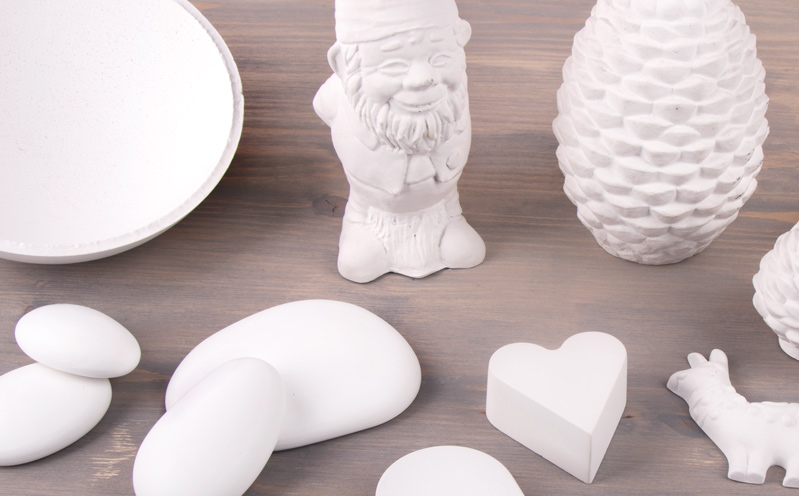Casting moulds
Casting is very easy and great fun. We have the right moulds for all your casting compounds - and you have endless possibilities. The choice is yours: starting from latex full-moulds for the 3D look, through easily demouldable silicone moulds, food-safe moulds up to a variety of flat moulds made of PET. Get started with your casting projects - now is the perfect time!














